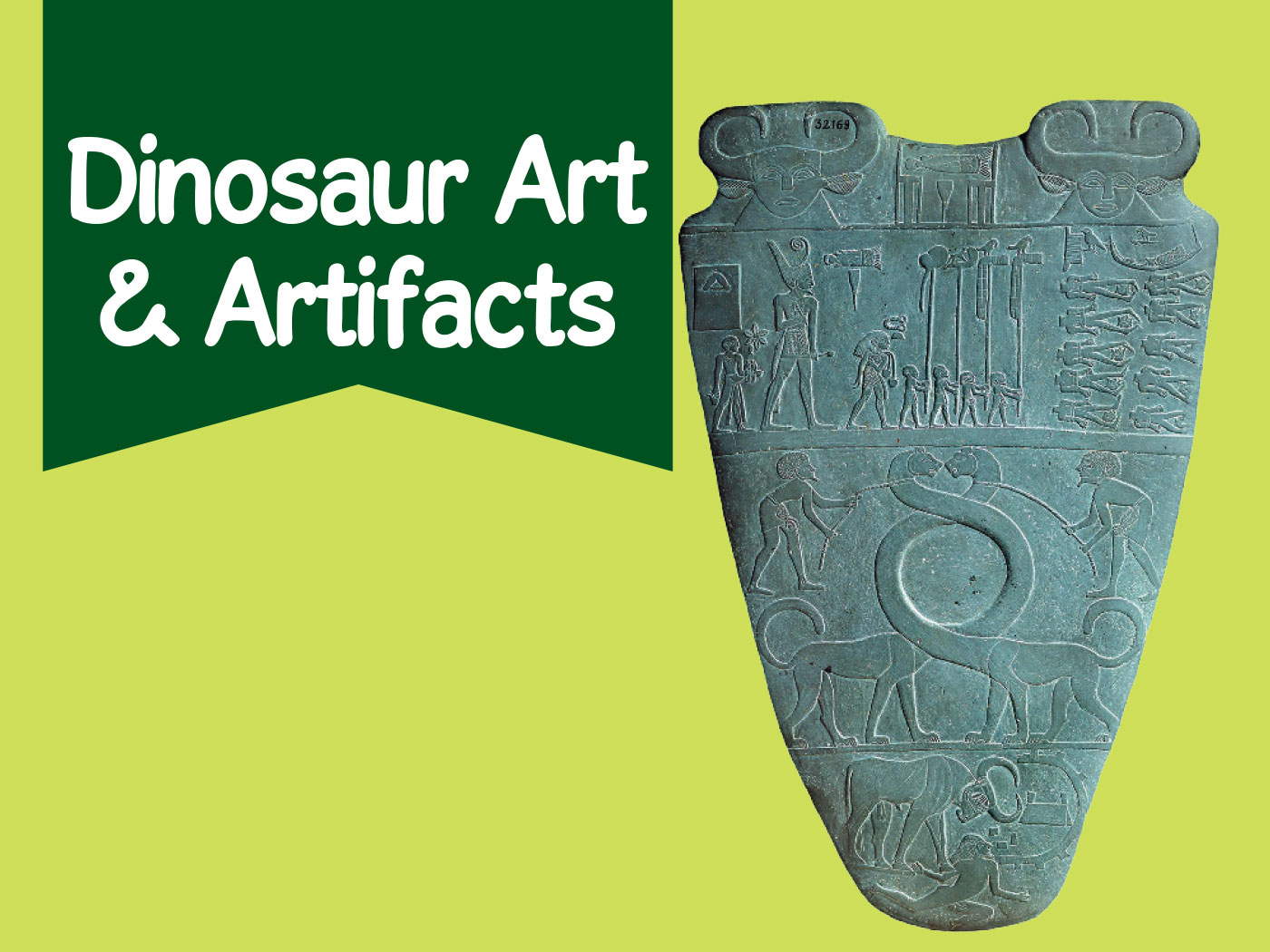Old evolutionary assumptions seem hard to break. The recent assembling of ape DNA sequences based on the human genome provides a good example. This new gorilla genome study, despite capitalizing on advanced DNA sequencing technology, suffers from the same old malady.1 What could have been an accurate genome has been apparently tainted by evolutionary practices.
When genomes (a complete set of chromosomes) are sequenced, the initial DNA are obtained in small sections and pieced together. Over the past 20 years, a variety of different technologies produced reads—individual DNA sequences, of about 100 to 1,500 bases in length. Considering that human and ape genomes are each about three billion bases in length, it's a daunting task to assemble these short reads into contiguous regions that represent large sections of chromosomes.
For past research projects in chimpanzee, gorilla, and orangutan genomes (human kind's supposed closest evolutionary relatives) the DNA sequence reads have always been short in length and research funds quite limited. So using a healthy dose of evolutionary presuppositions, scientists found it convenient to simply assemble the short ape DNA sequence reads using the human genome as a scaffold or guide. This produced a biased and more human-like ape genome.2
Now a new DNA sequencing technology called SMRT (Single-Molecule, Real-Time sequencing technology) can produce reads of over 10,000 bases in length—making the assembly process of a new genome less dependent on a reference scaffold. But old habits are hard to break, especially when the results don't match up with evolution.3
Using SMRT, the gorilla genome was re-sequenced into long reads which were then initially assembled onto each other based on overlaps without the use of a reference sequence—an approach called a 'de novo assembly.'1,4 But unfortunately, that is not the end of the story. Then the regions of contiguous sequence that were assembled de novo, called contigs or scaffolds, were further assembled and edited using the human genome as a guide. The authors of the project state, "We evaluated the correctness of the scaffolds by aligning them to GRCh38 [the current version of the human genome]," and, "Scaffolds were further oriented and ordered using GRCh38 to provide chromosomal resolution."4 So even though they started out building the gorilla genome from scratch, they still used the human genome as an evolutionary standard to modify the end product.
What started out as a noble and objective effort at achieving a more accurate gorilla genome, ended up being muddled by old evolutionary biases. Isn't this a clear subjective negation of the scientific method?
Nevertheless, if the assembled DNA sequences are released to the public prior to the stage at which the standard evolutionary practices were employed (practices that make the gorilla genome look far more human than it really is), then both creationists and secular researchers will have much improved resources to work with. I look forward to reviewing those initial sequences.
References
- Gordon, D. et al. 2016. Long-read sequence assembly of the gorilla genome. Science. 352 (6281): 52, DOI: 10.1126.
- Tomkins, J. P. 2011. How Genomes Are Sequenced and Why It Matters: Implications for Studies in Comparative Genomics of Humans and Chimpanzees. Answers Research Journal. 4: 81-88.
- Tomkins, J. P. 2016. A More Accurate Chimpanzee Genome. Acts & Facts. 45 (4): 9.
- Gordon, D. et al. 2016. Supplementary Material for Long-read sequence assembly of the gorilla genome. Science. 352 (6281): 52, DOI: 10.1126.
*Dr. Tomkins is Director of Life Sciences at the Institute for Creation Research and earned his Ph.D. in genetics from Clemson University.
Article posted on April 18, 2016.













